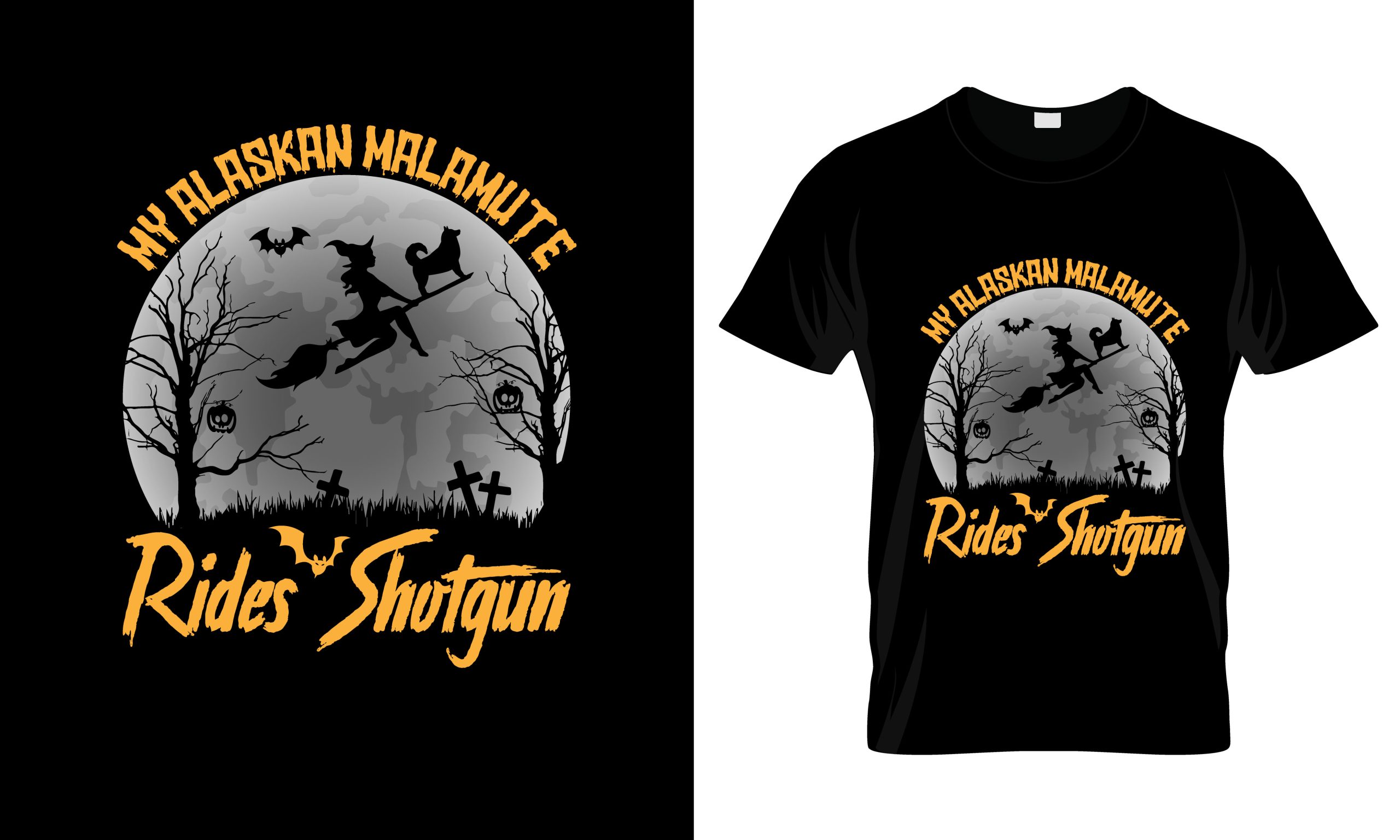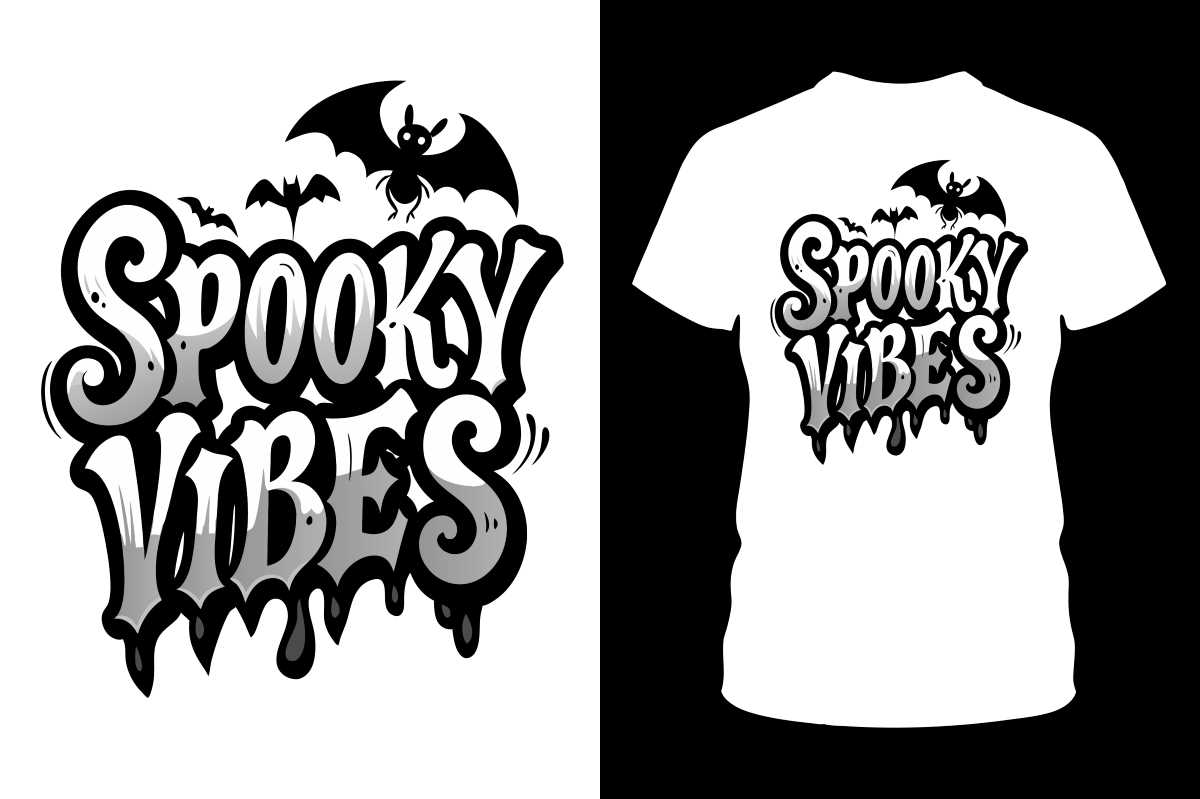DTF inks and films are revolutionizing the fabric printing industry, allowing for vibrant, high-quality prints that elevate any project. When choosing the best DTF inks, one must consider multiple factors such as compatibility, ink quality, and the types of DTF films available. Each element plays a critical role in the overall printing process and the longevity of the final product. With advancements in eco-friendly DTF inks becoming more prevalent, it’s easier than ever to find options that minimize environmental impact while maintaining print excellence. Whether you are a beginner or a seasoned expert, understanding how to choose the right DTF inks and films can significantly improve your printing outcomes and customer satisfaction.
In the realm of fabric printing, Direct-to-Film (DTF) solutions are quickly gaining attention for their ability to deliver stunning, detailed graphics. Selecting the appropriate DTF supplies, including high-quality inks and various film types, is essential to ensure the durability and visual appeal of printed designs. As the market evolves, more printers are exploring sustainable approaches, opting for eco-friendly ink formulations that align with their brand values and environmental responsibilities. Additionally, innovative DTF materials are being developed, enhancing adhesion and versatility across different textiles. By understanding these alternative components, printers can achieve extraordinary results and stay competitive in an increasingly eco-conscious marketplace.
Understanding the Importance of Compatibility in DTF Printing
One of the most crucial aspects of selecting DTF inks and films is ensuring compatibility with your DTF printer. Compatibility ensures that the inks and films will work seamlessly together, allowing for superior print quality and durability. Many manufacturers provide charts or guides to help you identify the correct combinations suitable for your printer model. Ignoring this step can lead to significant issues, such as poor ink adhesion, incorrect color reproduction, and even potential damage to your printer. Consequently, selecting compatible DTF supplies must be the foundation of your purchasing strategy.
Moreover, keeping track of these compatibility guidelines will save you time and money spent on reprints caused by compatibility issues. For instance, using the best DTF inks designed for specific fabric types can significantly enhance the vibrancy of colors. This preparation not only ensures top-notch results but can also prevent future headaches associated with troubleshooting errors that arise from incompatibilities.
Select High-Quality DTF Inks for Best Results
While choosing DTF inks, prioritize high-quality options that promise longevity and vibrancy. Premium DTF inks tend to feature advanced formulations that provide vivid colors and resilience against fading due to washing or exposure to sunlight. “Best DTF inks” often has formulations prepared specifically for excellent fabric penetration, ensuring the colors pop without compromising the fabric’s integrity. Investing in superior ink allows crafters and print shops to deliver product quality that stands out in a competitive market.
Furthermore, opting for these high-quality inks may help streamline your printing process, as they often require less adjustment during printing and have a broader compatibility range with different DTF films. The assurance of their durability means that you can confidently create designs that withstand regular wear-and-tear, contributing to higher customer satisfaction and fewer returns on your products.
Exploring Different Types of DTF Films
Understanding the different types of DTF films is essential for successful fabric printing. Thickness, finish, and adhesive qualities can dictate the outcome of your prints significantly. For example, thicker films typically provide more robust transfers, ensuring durability and smooth application onto various fabric textures. A choose DTF compatible film affects how well the ink adheres to the surface, impacting the final print results.
Additionally, films come in different finishes—such as matte, gloss, or transparent—that can change how a design looks when transferred. For those looking to achieve unique textural effects or vibrant colors, selecting the right type of film becomes pivotal. With a better understanding of DTF film types, you can tailor your projects more effectively, enhancing the overall aesthetic quality of your prints.
Navigating the DTF Transfer Process
The transfer process is the linchpin in achieving the desired results in DTF printing. It involves specific heat and pressure settings, which must match the requirements of both the DTF inks and films in use. For optimal results, it’s essential to refer to the manufacturer’s instructions regarding temperature, time, and pressure to ensure proper adhesion. Neglecting these recommendations can lead to subpar transfers, with prints that may crack or wash out quickly.
Understanding the intricacies of the transfer process not only guarantees quality but can also influence productivity in a shop setting. By mastering techniques and settings unique to your materials, you can enhance your confidence, reduce trial-and-error attempts, and ultimately create prints that meet or exceed expectations. Whether you’re working on large production runs or custom orders, consistency in your transfer process is key.
Analyzing Cost Considerations in DTF Materials
When selecting DTF inks and films, cost considerations are paramount. While it may be tempting to go for cheaper options, often, investing in premium DTF supplies yields better results in the long run. Higher-quality inks and films can offer superior color fidelity, enhanced durability, and greater compatibility with diverse fabrics, reducing the likelihood of costly reprints due to failures.
Moreover, evaluating your project frequency and scale can aid in making cost-effective decisions. Bulk purchasing of the best DTF inks and films can streamline workflows and lower prices per unit, allowing increased profitability. Striking a balance between quality and cost is crucial for sustaining a business in the competitive world of textile printing.
Embracing Eco-Friendly DTF Inks and Films
With the growing awareness surrounding environmental sustainability, many printers are seeking out eco-friendly DTF inks and films. These innovative products are designed to minimize their ecological impact while still maintaining the quality and vibrancy needed for successful fabric printing. Eco-friendly DTF inks often contain lower levels of harmful chemicals and are more biodegradable than traditional inks, making them a responsible choice for environmentally-conscious businesses.
Incorporating eco-friendly options into your printing business not only supports sustainability but can also enhance your brand image. Customers increasingly prefer brands that demonstrate social responsibility, and offering environmentally-friendly printing solutions can set you apart in a competitive market. As the demand for sustainable products rises, staying ahead of the trend can lead to new opportunities and increased customer loyalty.
Frequently Asked Questions
What are the best DTF inks available for vibrant prints?
The best DTF inks for vibrant prints tend to be those with advanced formulations that offer higher color fidelity and clarity. Look for inks that are specifically marketed for DTF printing and offer resistance to fading, ensuring your designs remain bright and eye-catching even after multiple washes.
How do I choose the right DTF film types for my project?
Choosing the right DTF film types involves considering the thickness, texture, and adhesive quality. Thicker films generally perform better during the transfer process and provide a different texture on the fabric, while high-quality adhesive coatings ensure proper adhesion and durability.
What factors should I consider when selecting DTF printing supplies?
When selecting DTF printing supplies, focus on compatibility with your printer, ink quality (vibrancy and durability), the right type of DTF films, and the specific requirements of the transfer process. Each of these factors plays a crucial role in the overall success of your printing projects.
Are eco-friendly DTF inks worth the investment?
Yes, eco-friendly DTF inks are worth the investment as they minimize environmental impact while offering quality prints. Many brands have developed eco-friendly inks that match or exceed traditional inks in vibrancy and durability, allowing you to print sustainably.
What are the key considerations for a successful DTF transfer process?
For a successful DTF transfer process, ensure that the temperature and pressure settings on your heat press align with the specifications of your DTF inks and films. Understanding these requirements is essential for achieving optimal adhesion and print quality.
How can I find reliable resources for DTF inks and films?
Reliable resources for DTF inks and films can be found through comprehensive user guides provided by suppliers, industry publications, and online forums dedicated to DTF printing. These resources offer valuable insights and tips to help you select and use materials effectively.
| Key Considerations | Details | |
|---|---|---|
| 1. Compatibility | Ensure DTF inks and films are compatible with your printer to achieve optimal results. | |
| 2. Ink Quality | Look for vibrant colors, durability against fading, and higher-grade inks for better longevity. | |
| 3. Film Type | Consider thickness, texture, and quality of adhesive coating for successful transfers. | |
| 4. Transfer Process | Ensure temperature and pressure settings match the requirements for the inks and films. | |
| 5. Cost Considerations | Investing in high-quality materials can lead to long-term savings and improved print quality. | |
Summary
DTF inks and films are crucial in achieving high-quality fabric prints, ensuring the vibrancy, durability, and overall quality of your products. The selection process involves careful consideration of compatibility with printers, ink quality, types of films, the transfer process, and cost implications. With recent advancements such as eco-friendly options and improved formulations, DTF printing continues to evolve. Staying informed about these developments will not only enhance your projects but also empower you to create prints that resonate with today’s market demands, making your business stand out.



